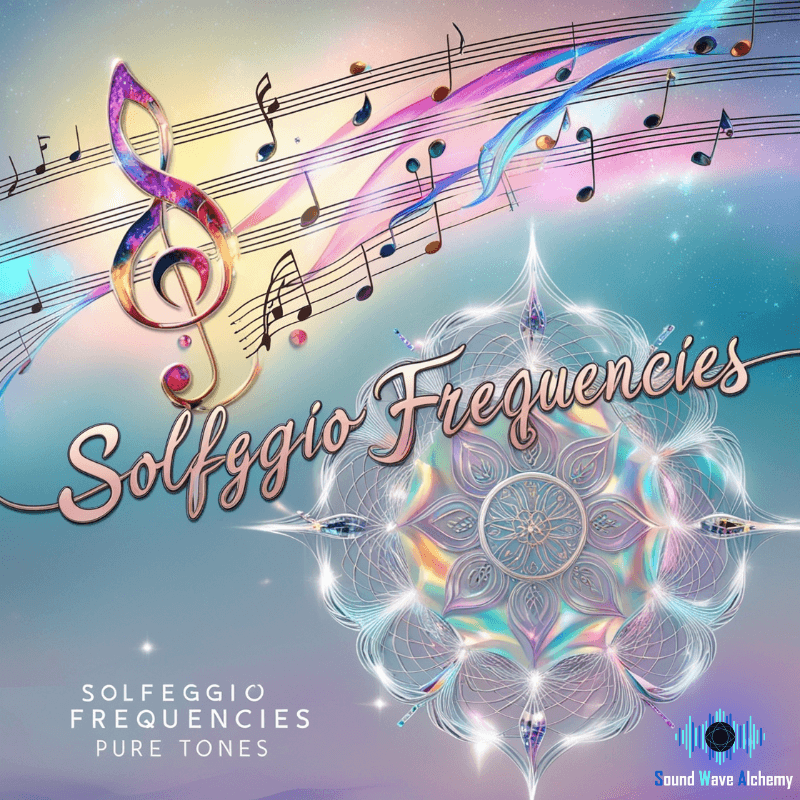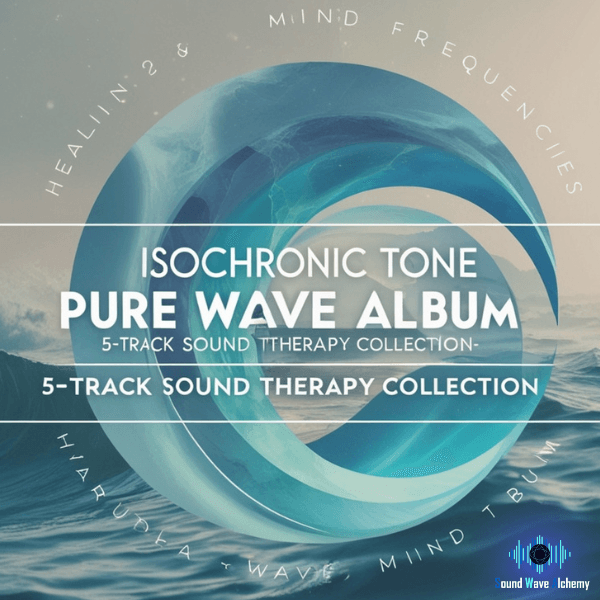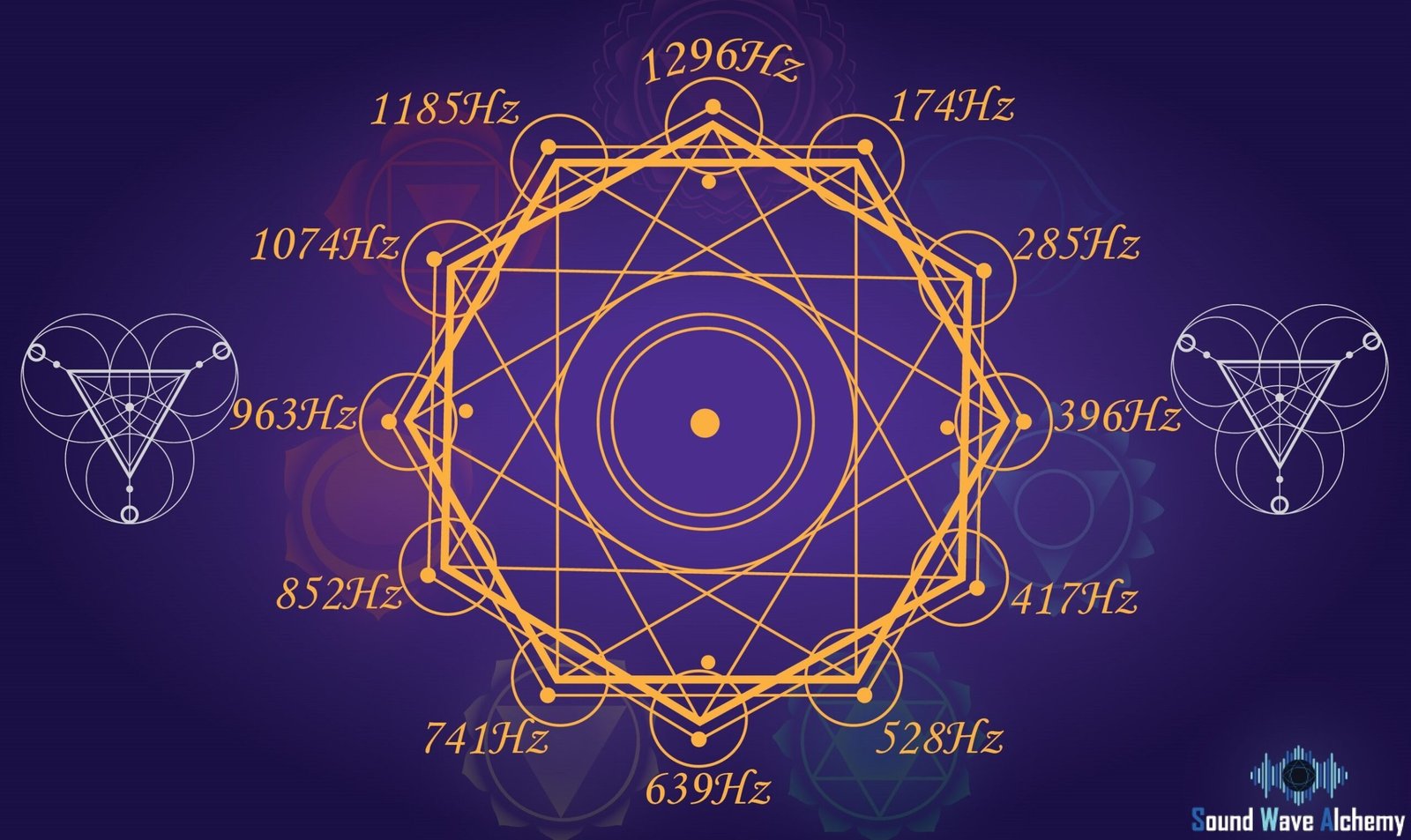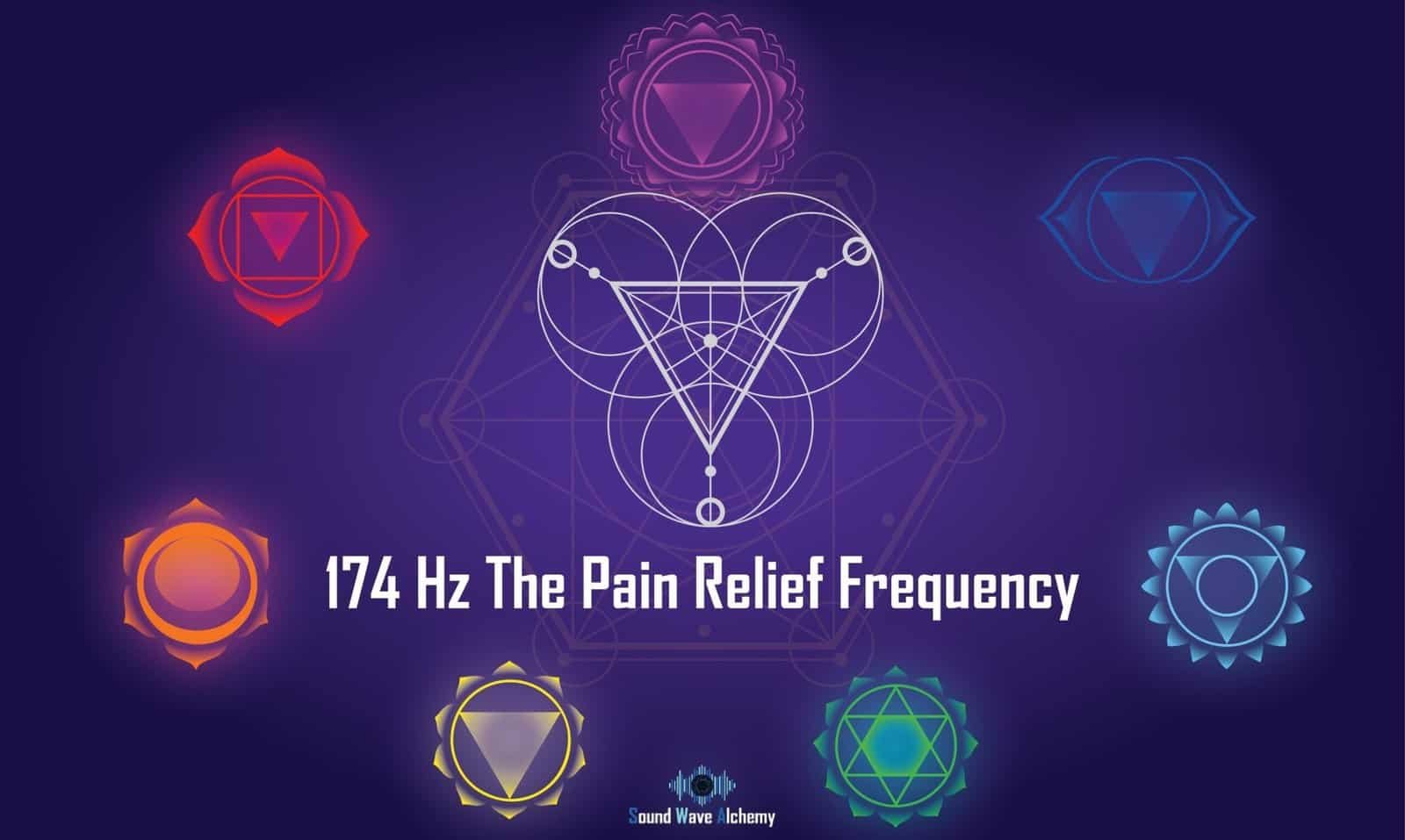432 Hz, also known as Verdi’s A, was the original music tuning standard. It is commonly regarded as a superior tuning that makes music more enjoyable to listen to while also having a favorable effect on the mind and body thanks to its connection with our planet’s frequencies. Unfortunately, it was lost and replaced by an inferior tuning of 440 Hz, which is used in most modern music today.
Various types of music can evoke a range of emotions.
Serenading with romantic melodies evokes feelings of love or nausea. Upbeat dance tunes compel us to bust a move. Reflecting on past memories is a common reaction to blues and Jazz music, while the orchestral compositions of renowned artists like Mozart, and Beethoven have the power to stir our very essence.
The style, tempo, melody, and lyrics of our preferred songs have a profound impact on our emotions. However, what specific elements in music influence our feelings and how does our mood change after listening?
The emotional response to music is influenced by the frequency of the instruments ‘other words the tuning’ and the resulting sounds. However, the overall tuning of the music is arguably the most impactful factor, often going unnoticed.
The original standard for music tuning was 432 Hz, however it was eventually replaced by a lesser tuning system now called the standard tuning of 440Hz.
Sadly, the common tuning frequency employed in contemporary music may not have a positive impact, or at least not as much as it potentially could.
This article aims to shine a light on more of our original and divine frequency and tuning which, works best and resonates with our body, soul, and universe.
🧠 Recommended Gear for Manifestations, Sleep & Deep Listening
-
 Sony WH-1000XM6 – Meditation & Travel Headphones
Sony WH-1000XM6 – Meditation & Travel Headphones
Top-tier noise canceling, clarity & comfort. Great for deep focus, meditation, or travel.
$448.00 -
 Sunrise Alarm Clock, Sound Machine, Smart Light (Putty)
Sunrise Alarm Clock, Sound Machine, Smart Light (Putty)
Create a relaxing bedtime & wake-up ritual with light therapy & white noise.
$169.99 -
 Retrospec Sedona Zafu Meditation Cushion
Retrospec Sedona Zafu Meditation Cushion
Ergonomic yoga pillow filled with buckwheat hulls — perfect posture, grounded energy.
$26.99
The Use of 440 Hz in Modern Music Tuning

Most of the music we listen to today, whether it’s in concert halls or on our preferred streaming platform, follows the 440 Hz standard. However, this standard has only been in use for about a century.
Throughout millennia, spanning from Egypt to Greece, a distinct frequency was employed.
According to Brian T. Collins, a musician, the Schiller Institute, and several physicists and scientists, the frequency of 440 Hz does not possess any mathematical or scientific significance. In fact, it is not in harmony with the natural world and the broader universe.
Due to this factor, numerous individuals are of the opinion that the 440 Hz frequency not only diminishes the pleasantness and enjoyment of music, but also has an adverse impact on our mental state, awareness, innate energies and frequencies, and spiritual well-being.
According to the argument, the 440 Hz tuning prevents us from accessing a deeper understanding and creates a sense of disconnection from our environment.
The great Dr. Leonard Horowitz notes in his research and book “The Book of 528: Prosperity key of love” (available in Amazon), that the 440hz tuning dehydrates the human body because it’s out of resonance with the universal frequencies and can cause damage to the body by absorbing its reservoirs of water.
If this is true, then what is the reason behind 440 Hz being considered the current standard?
Altering the World Tuning
The beginning of this story goes back to the end of the 19th century, when an individual by the name of J.C. Deagan emerged founder of J.C. Deagan.Inc
Deagan utilized his affluent network to not only initiate the production of musical instruments in the 440 Hz frequency but also to advocate for the adoption of this standard concert pitch in both Europe and the United States.
In 1917, Deagan achieved their first triumph when the American Federation of Music officially adopted 440 Hz as the standard pitch. This standard continued to be used in the United States until 1922.
During the 1940s, the frequency of 440 Hz became widespread globally. In 1953, the International Organization of Standardization (ISO) recognized it as the international standard, also known as ISO 16.
Even now, it continues to be the standard in the music industry.
One may wonder why a musical instrument producer would be interested in setting a fresh standard pitch.
As the saying goes, track the flow of money, or power, we still don’t really know.
Typically, altering the tuning of an instrument is not a straightforward task, especially if the instrument was specifically designed to be played at a particular frequency. While it is technically feasible, the resulting sound may not be accurate and could potentially harm the instrument.
To put it briefly, the alteration in tone would have resulted in the need to buy numerous new instruments, possibly in the thousands or even millions. Undoubtedly, this proved to be highly profitable for Deagan.
Although there are those who argue that 440 Hz was implemented for sinister purposes, such as government manipulation and brainwashing, it is more probable that it was merely a means for a businessperson to increase their profits.
⭐️⭐️⭐️⭐️⭐️ (4.3/5)
Perfect support for your meditation and relaxation moments.
Just $189.99
🪑 Relax & Buy NowThe Original Tuning – 432 Hz

The Stradivarius violins, crafted during the late 1600s and early 1700s, were tuned to a frequency of 432 Hz.
432 Hz was the common tuning used before the adoption of the standard 440 Hz.
According to the findings of Ananda Bosman, a researcher and musician, instruments discovered in ancient Egypt were found to be tuned in this manner or in 528Hz tuning.
The Stradivarius violins are another notable mention. They were crafted in the late 17th and early 18th centuries and are now valued at millions due to their exceptional craftsmanship and impressive acoustics.
Scientists have discovered the reason behind the tuning of these amazing instruments to 432 Hz.
According to a study using speech analysis software, experts discovered that violins made by two Luthiers from Cremona imitate elements of the human voice. They believe that this characteristic contributes to the exceptional musical excellence of these instruments.
This provides validation to the idea that 432 Hz has a harmonious effect on both humans and the environment, which we will delve into further in the following section.
Backed by Brilliant Musicians
The 432 Hz frequency, which occurs naturally, was utilized by renowned composers Mozart and Giuseppe Fortunino Francesco Verdi, known for his Italian opera compositions.
Verdi had once written a letter to the Congress of Italian Musicians advocating for 432 Hz to be adopted as the standard for concerts. Here are his exact words:
As France has implemented a uniform pitch, I suggested that we should also adopt this standard. I formally urged the orchestras of different Italian cities, including the Scala in Milan, to adjust their tuning forks to match the French standard. If the musical commission established by our government deems it necessary to lower the French tuning fork's 435 vibrations to 432 for mathematical reasons, I fully support this decision as the difference is minuscule and negligible to the human ear.
Verdi did not achieve success.
The frequency of 432 Hz was not exclusively utilized by Western composers. Some Eastern tools like Singing bowl or Tuning Fork (Amazon Links) found also resonating at 432hz
According to some, the tools used by the Greek deity of music, Orpheus were calibrated to this specific harmonic frequency.
What was the reason behind the extensive spread of this frequency, spanning across both time and the entire world?
The reason for this could be the fact that 432 Hz aligns with the vibrations of the natural world, possibly due to its mathematical consistency.
Verdi’s support for 432 Hz was also supported by physicists and scientists such as Felix Savart, Joseph Sauveur, and Bartolomeo Grassi Landi.
The importance of 432 Hz is demonstrated by its connection to the Schumann Resonance, among other examples. Now, let us examine this further.
The concept of 432 Hz can be traced back to ancient Greece, where it was associated with Orpheus and his talent for enchanting listeners with his musical abilities.

Harmonize and align your chakras with the healing tones of the Solfeggio scale.
Ideal for deep meditations and vibrational realignment.
$249.99 $96.69

A pure, powerful collection of Solfeggio frequencies to support healing, energy work, and spiritual balance.
Great for therapists and sound healers.
$249.49 $72.96
432Hz and 3, 6, 9 Tesla Theory

The Famous Nikola Tesla was one of the great if not the greatest genius is ever known, for his fantastic imagination, his inventions some of them still not created, and confiscated by the CIA and other government authorities, he’s well known by his 3, 6, and 9 theory, in which he believed that (3, 6, 9) are magical numbers holding the key of the universe and creation in them.
If you only knew the magnificence of the 3, 6, and 9, then you would have a key to the universe.
Nikola Tesla
Tesla was obsessed with reducing any number to find out if the number was equal to 3, 6, or 9. and always chose numbers that were equal to 3, 6, or 9, his hotel room was number 18 =1+8 =9, he used to wash his hand 18 times which equal 9, walking 3 times in a round before entering his house. We already covered much more about Nikola Tesla and his theory in “Solfeggio Frequencies and Nikola Tesla 3,6 and 9”, where we have found that 528hz frequency is equal to 6 (5+2+8=15, 1+5=6) and can also used as Tuning for musical industry.
To be brief, the Tuning of 432hz equal to 9 (4+3+2) gives it a value of one of the magical creative numbers reflected in our body, planet, and even in space. But if we apply it in 440hz (4+4=8) the results aren’t one of these number
432 Hz: The Rhythm of the Earth
The Schumann Resonance, which was first discovered by German physicist Winfried Otto Schumann, is a term used to describe the electromagnetic frequencies in the range of 7.86 to 8 Hz. These frequencies are generated by lightning and occur in the space between the Earth’s ionosphere and its surface.
The pulsations of our planet can be seen as its natural rhythms.
Starting at 8 Hz, we can locate note C at either 128 or 256 Hz, depending on the scale utilized.
At 432 Hz, also referred to as “Verdi’s A”, you can locate note A.
432 Hz Vs 440 Hz Vs 528 Hz

Testing first the two tuning of 432 vs 440, experiments show us that the frequency of 432 Hz is in alignment and connection with the natural vibration of the Earth. While in 440Hz case no significant connection is found.
Even After testing the standard tuning of 440hz vs 528hz, The miracle tuning 528hz ‘being brought to greater light by Dr. Leonard Horowitz ‘had positive impact on the body, while No progress or positive impact have been noticed for the 440hz tuning. Read more here 528hz vs 440Hz.
Dr. Richard Lehwald, a Bio-Energy Specialist made a superbe video testing the three tuning and their effect on the human body energy fields.
The Benefits of 432 Hz
The number 432 appears consistently in various locations, such as historical landmarks like the Great Pyramid of Giza, Stonehenge, and Sri Yantra.
According to Brian T. Collins, a composer who was born in Scotland:
According to my personal observations, certain harmonic overtones of A=432 Hz 12T5 seem to align with both natural patterns and the resonance of solitons. These solitons require a specific range to manifest in the realm of density, spanning from the micro to the macro cosmos. While they are commonly found in water mechanics, they can also be observed in the ion-acoustic breath between electrons and protons.
The correlation between 432 Hz and the golden ratio, Phi, has been well-documented by Brian. This frequency is said to resonate in harmony with natural elements, our physical makeup, our genetic code, and even our state of consciousness.
The frequency of 432 Hz is believed to have the ability to harmonize the two hemispheres of our brain, the rational and analytical left hemisphere and the imaginative and perceptive right hemisphere. This results in what researchers refer to as “complete brain synchronization”, optimizing our capabilities as thinkers, creatives, and spiritual individuals.
Additional evidence uncovered by music experts has also shown that the frequency of 440 Hz is not optimal:
According to Maria Reynolds’ book, Intervals Scales Tones and the Concert Pitch C=128hz, pitches that exceed the scientific C prime of 128 Hz, equivalent to A at 432 Hz, can cause a disconnection between our physical and mental states, as well as tension in our social interactions.
This implies that 440 Hz may be adding to the conflicts within and outside of the contemporary society.
Without our knowledge, it is suffocating our instincts, impeding our imagination, disconnecting us from our sense of spirituality, and causing us to become more withdrawn from society.
The tuning of 432 Hz is often referred to as Verdi’s A. This same tuning was also used by Mozart in his music.

Brainwave-tuned audio for deep meditation, alignment, and inner calm.
A perfect tool for high-vibe self-healing.
$249.49 $24.00

Pure pulsing tones to re-center your focus and balance your energy field.
Royalty-free for use in personal or healing work.
$149.99 $36.69
Bringing back the 432 Hz to be Standard

Given the mathematical and scientific importance of 432 Hz, as well as its known benefits for both the mind and body, it appears logical to return to this traditional tuning and abandon the more recent 440 Hz.
In 1988, more than a dozen of opera’s finest artists, including Plácido Domingo, Luciano Pavarotti, and Birgit Nilsson, signed a petition to the Italian government urging it to lower the standard pitch at which all orchestras are tuned. At the time, the worldwide standard pitch was 440 Hz, which means that the A above middle C should resonate at 440 cycles per second.
The call for this transformation is being widely supported. As stated by Richard Huisken, the creator of the ‘Back to 432 Hz’ Committee:
Music played at a frequency of 432 Hz is perceived to be more pleasant, gentle, vibrant, and aesthetically appealing compared to music played at 440 Hz. Although individuals with untrained ears may not be able to discern this distinction, they can still sense it.
However, altering the standard tuning is not a simple task.
The process of dealing with music academies and composers involves navigating through a lot of bureaucratic obstacles and formalities. Additionally, there is also the task of creating new musical instruments.
Luckily, this does not imply that you are unable to incorporate additional 432 Hz music into your daily routine.
I’m welcoming all the musician me included to change the tuning of their instrument to 432HZ or 528Hz and experiement with it, and share it with your band and other music player, we all want the good and the harmonious so why waiting the standard tuning to change while we can begin with our adorable instrument.
Why wouldn’t one consider it? This ability has the potential to bring greater balance to one’s life and reconnect them with the Earth.
Ultimately, as human beings, we are inherently intertwined with the natural world and reap physical and spiritual advantages through a deep connection with nature.
With the passing of time, being exposed to lovely music produced at 432 Hz tuning enhances one’s feeling of happiness and sense of connection to the larger world.
It is possible that engaging your intuition can lead to increased creativity, sharpened intellect, and even expanded consciousness.
Numerous individuals characterize 432 Hz music as a personal encounter, in contrast to the external perception associated with 440 Hz. It is a complete and innate bond, resulting in a more satisfying and pleasant auditory experience.
Frequently Asked Questions
What are the benefits of listening to music tuned to a 432 Hz frequency?
Proponents of 432 Hz tuning believe that it can offer several potential benefits, such as promoting mental and emotional well-being, inducing feelings of harmony and balance, and resonating with natural patterns in the universe. They also argue that 432 Hz tuning is a more harmonious and natural frequency compared to the standard tuning of 440 Hz.
How does 432 Hz tuning affect the human body and mind?
There have been claims that 432 Hz tuning can affect the human body and mind in positive ways, such as reducing anxiety and stress, increasing relaxation, and improving sleep quality. However, there is still a lack of scientific evidence to support these claims.
What is the historical significance of the 432 Hz frequency in music?
The use of 432 Hz tuning can be traced back to ancient civilizations, such as the ancient Greeks, who believed that this tuning was in harmony with the universe. It was also used in many classical compositions, such as those by Mozart and Beethoven.
What is the difference between 432 Hz vs 528 Hz?
Both 432 Hz and 528 Hz are considered to be “healing” frequencies, but they are believed to have different effects on the body and mind. 432 Hz is thought to be more grounding and calming, while 528 Hz is believed to be more energizing and uplifting.
Why do some people prefer 432 Hz tuning over the standard 440 Hz?
Some people prefer 432 Hz tuning because they believe that it is more in harmony with the natural vibrations of the universe, and that it can offer therapeutic benefits. Others simply prefer the sound of music tuned to 432 Hz.
Can listening to 432 Hz frequencies have an impact on chakra alignment?
There are claims that listening to music tuned to 432 Hz can have a positive impact on chakra alignment, as it is believed to resonate with the body’s energy centers. However, there is still a lack of scientific evidence to support these claims.
Are there any scientific studies supporting the claims about 432 Hz?
While there have been some scientific studies conducted on the effects of different frequencies on the body and mind, there is still a lack of scientific evidence to support the specific claims about 432 Hz tuning. More research is needed to fully understand the potential benefits and limitations of this tuning.
Zen Essentials for Binaural Beats
-

-
 Sunrise Alarm Clock & Sound Machine
Sunrise Alarm Clock & Sound Machine
Gentle wake-up, screen-free routines, white noise, smart light.
From $169.99 -
 Sony WH-1000XM6 – Meditation & Travel Headphones
Sony WH-1000XM6 – Meditation & Travel Headphones
Top-tier noise canceling, clarity & comfort. Great for deep focus, meditation, or travel.
$448.00








